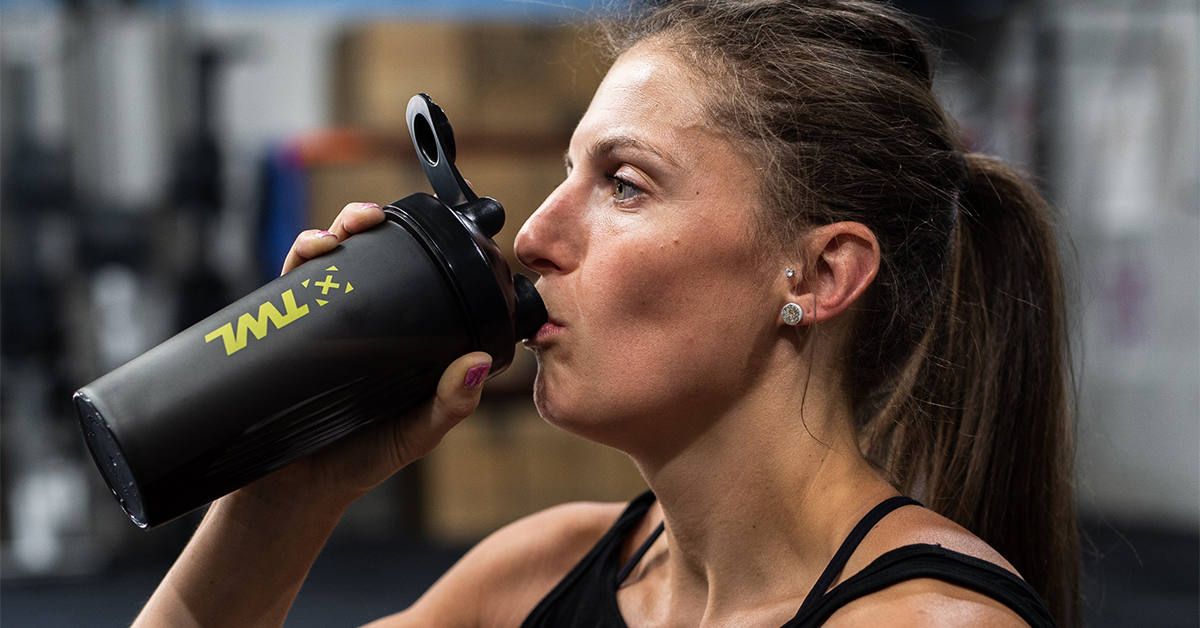We’ve talked before about flexible dieting and micronutrients. But there’s still some confusion around macros and micros and why you need to care about them. What are the benefits of counting macros, exactly? Let’s break it all down.
Wait, What are Macronutrients?
All the food you eat is made up of three macronutrients, or macros. They are:
- Carbohydrates.
- Protein.
- Fat.
Typically, you refer to something by whatever macro it contains the most of. Bread is a carb, even though it has a little fat and protein. Peanut butter is a fat, even though it has a little protein and carbs.
Your body needs all three macros to function properly. No macro should be demonized because none are “bad” for you.
View this post on Instagram
What Do We Mean When We Talk About Counting Macros?
In large part, your body size is determined by calories in and calories out — what you consume and what you burn. However, there are several other variables involved. One of those variables is what kinds of calories you’re eating. Your body is going to respond to 200 calories of carbs differently from 200 calories of fat.
The idea is that counting your macros — and manipulating how many grams of each you eat — can help you achieve your goals. While you would need to work with a coach, nutritionist, or dietitian to come up with your exact numbers (although there are online calculators you can use), typically, you first calculate how many total calories you need to consume in a day, based on your goal (weight loss, gain, or maintenance). And then from there, you calculate how to split up those calories into carbs, fats, and proteins. This would give you the grams for each. For reference:
- 1 gram of carbohydrates = 4 calories
- 1 gram of protein = 4 calories
- 1 gram of fat = 9 calories
Let’s say you calculate that you need 2,000 calories a day to reach your goals. You might end up splitting this into:
- 45% carbs = 900 calories = 225 grams
- 35% protein = 700 calories = 175 protein
- 20% fat = 400 calories = 44 grams
Again, this is just an example!
Now, why go through all this math? What are the benefits of counting macros?
Shop Now
3 Benefits of Counting Macros
1. Manipulate Your Body Composition
Let’s say you want to put on muscle. This means you’re trying to gain weight. And this ultimately means that you’re probably going to need to eat more. So, you know to increase your total calories.
However, that’s not the end of it. What kinds of calories do you need to eat more of? Answer: The kinds that will contribute to muscle growth. Very often, this means eating more carbs and protein, since your muscles use carbs for energy and protein is essential in tissue growth and repair.
If you were to pay no attention to what you were eating and simply ate more, you might gain weight, but it wouldn’t necessarily be the kind of weight you wanted.
The same can be said for fat loss. Let’s say you determine that you need to do a slight calorie deficit. However, you end up cutting only protein when instead, you should’ve cut carbs. This is why counting macros and paying attention to how much you eat of each can be beneficial.
2. Increase Your Energy Levels
It’s not uncommon for athletes to find out that they’re not eating enough. Maybe they’re not getting enough carbs or protein, or it’s a combination of the two. The result is they feel sluggish and take a longer time to recover than they might otherwise.
By slowly manipulating your macros and tracking how you feel in response, you can determine exactly what to eat to have your body firing on all four cylinders.
3. Hit Your Goals Without Cutting Food Groups
Too often, people attempt to adhere to a diet that requires them to make huge sacrifices. Keto, while a smart move for some people, has you eating very few carbs. Paleo – again, while beneficial in some ways – tells you to cut out all processed foods, which isn’t totally realistic for all of us.
One of the benefits of counting macros is that you can reach your health and fitness goals without having to make these sacrifices. You can still eat whatever you want, as long as your macros are in check. No one is going to tell you not to eat a donut because it’s bad for you. If you have room for it, you can eat it.
Now, to be clear, you should still prioritize nutrient-dense foods. But the point is that counting macros doesn’t tell you, “This food is bad. Don’t eat it!”
And on a related note…
One Word of Caution About Counting Macros
Counting macros has one noticeable drawback: It doesn’t take into account food quality. You could, theoretically, hit all your macros with nothing but pizza, burgers, and milkshakes.
This is an extreme example, of course. But our point is that this shouldn’t be purely about aesthetics. In addition to counting macros to achieve your body composition goals, you should also think about nourishing and fueling your body for health and performance.
There is room for both! You can hit your fitness goals and enjoy the food you love.
So, What’s the Next Step?
Looking to calculate your macros? Here’s one calculator you can try, although we suggest you compare the results that multiple calculators give you. You’re likely going to find a lot of variety. When in doubt, it’s really helpful to speak with some sort of nutrition coach.
Also keep in mind that this will very likely take some trial and error, and that’s totally normal! Patience is a must.
Once you have your numbers locked down, you might very well notice a difference within days. This is the power of proper nutrition. But as always, find what works for you. If you try counting macros and love it, excellent! If it doesn’t feel like a good fit, that’s perfectly okay too. You have plenty of options. You got this!

















